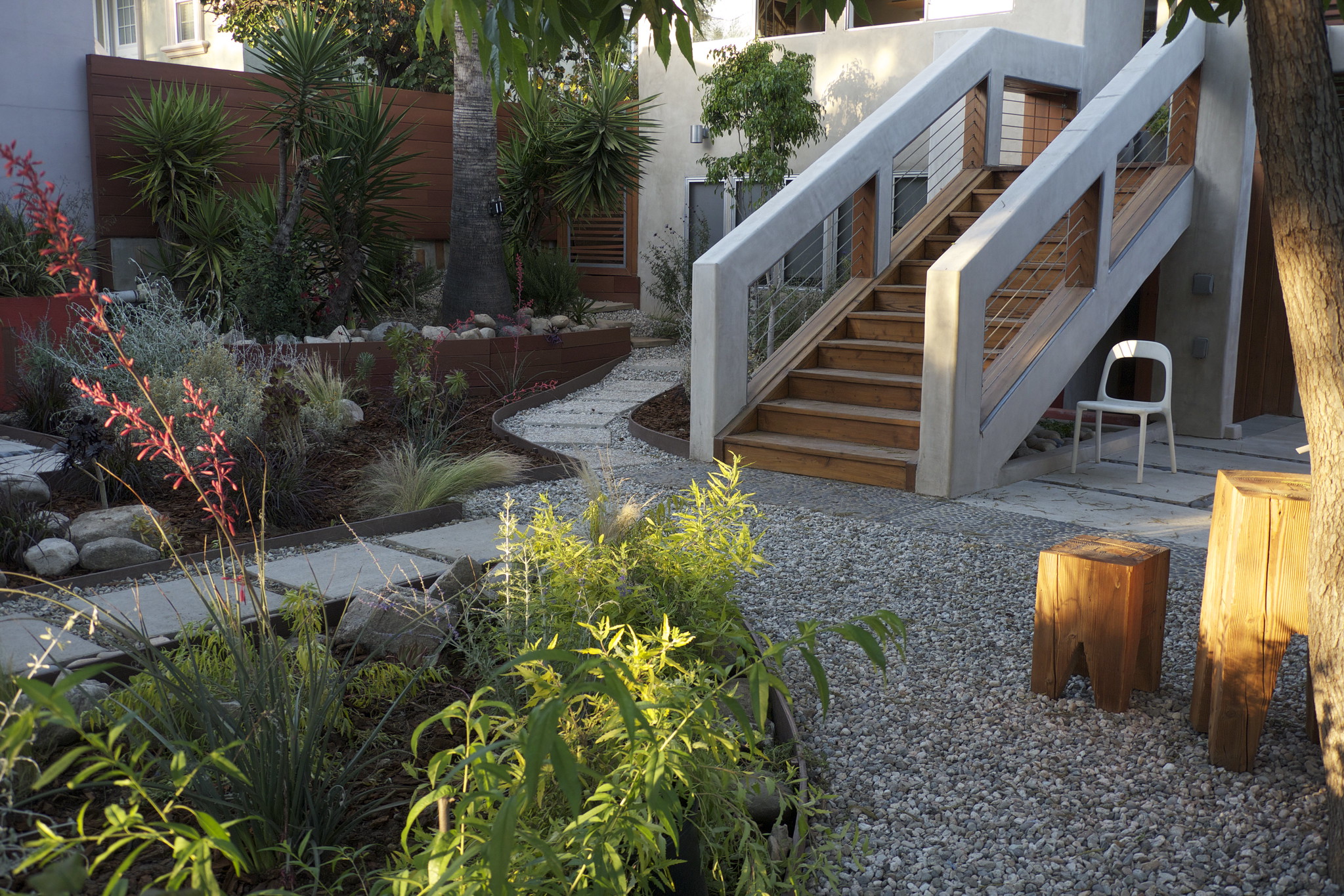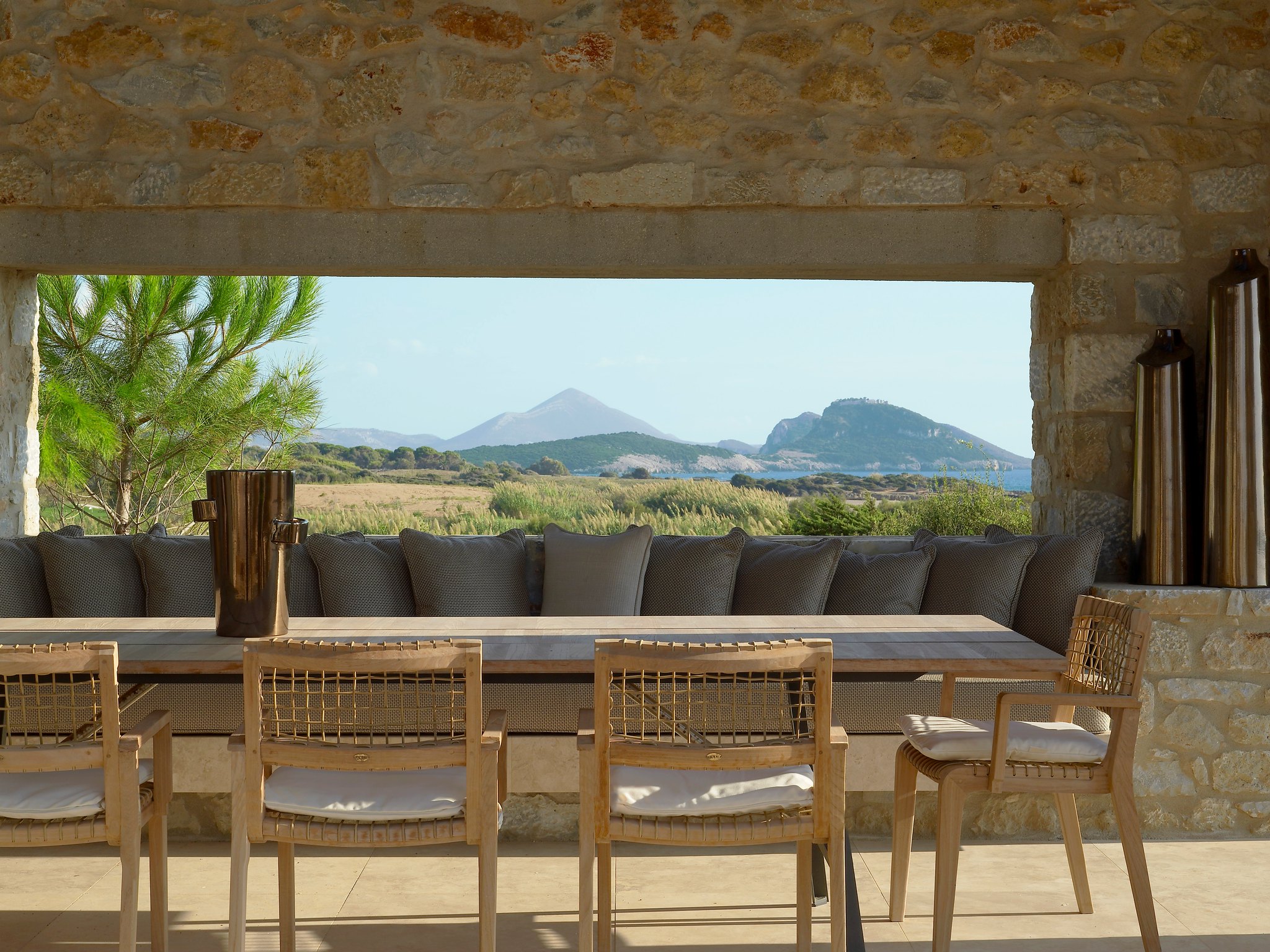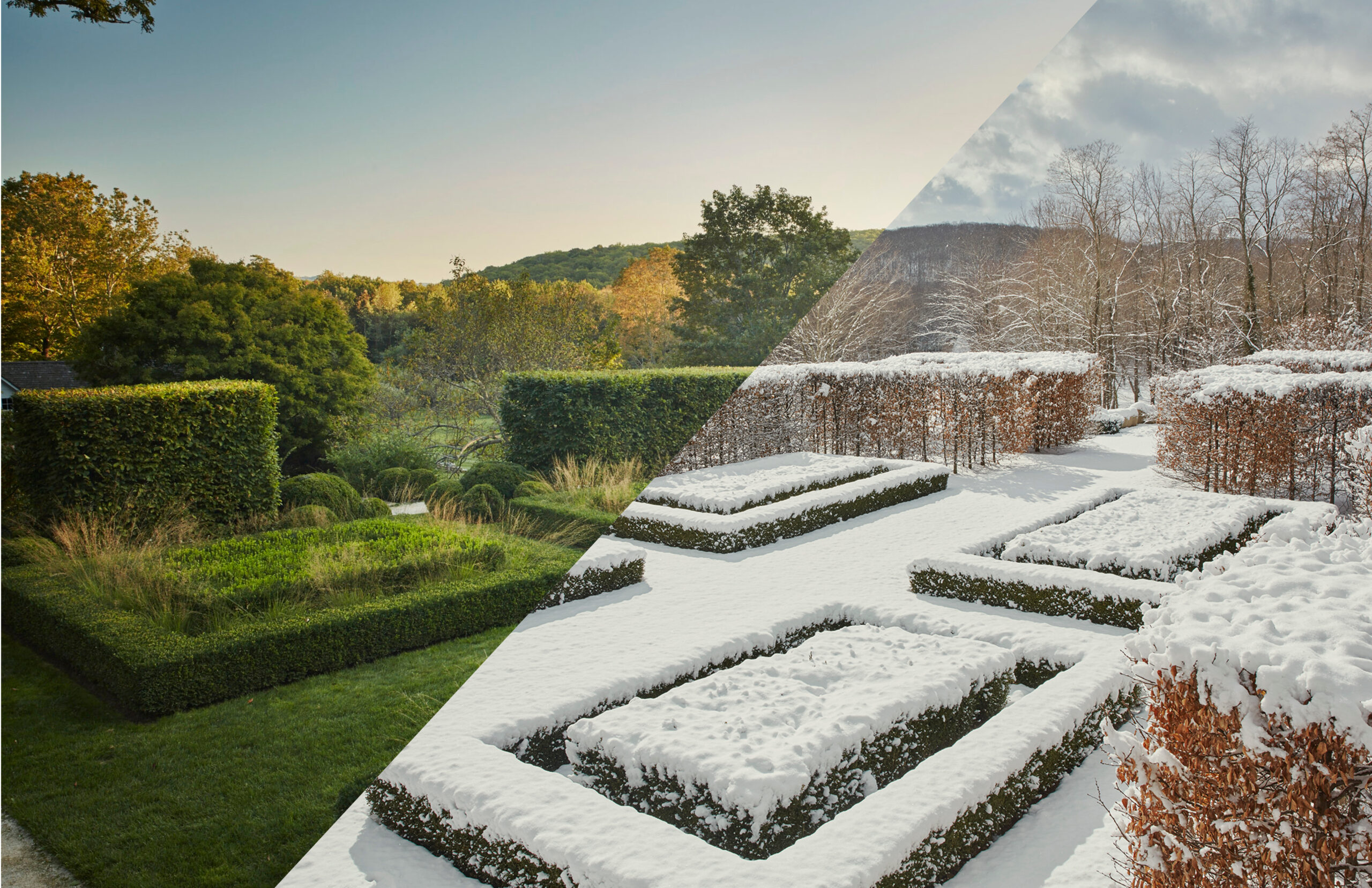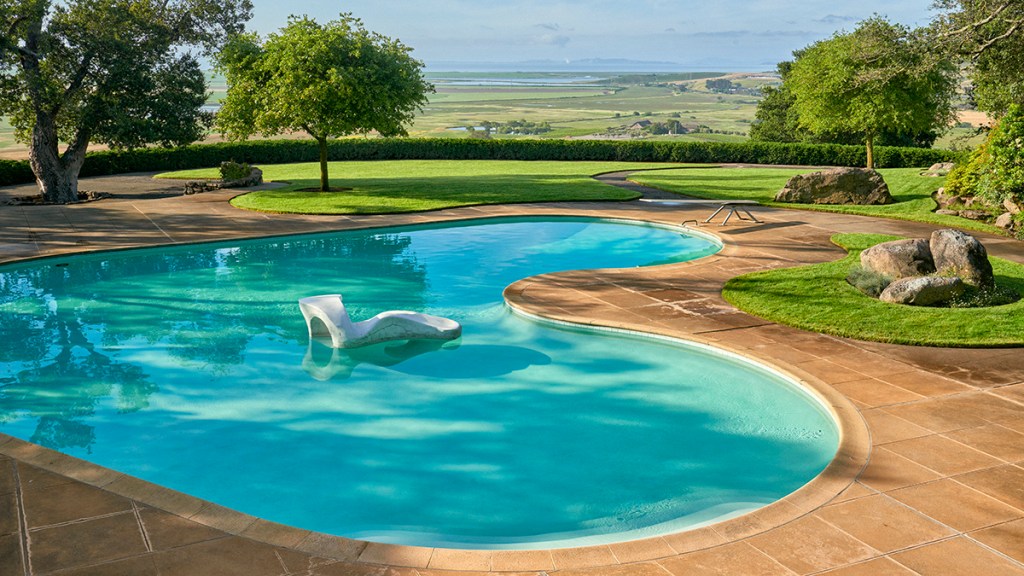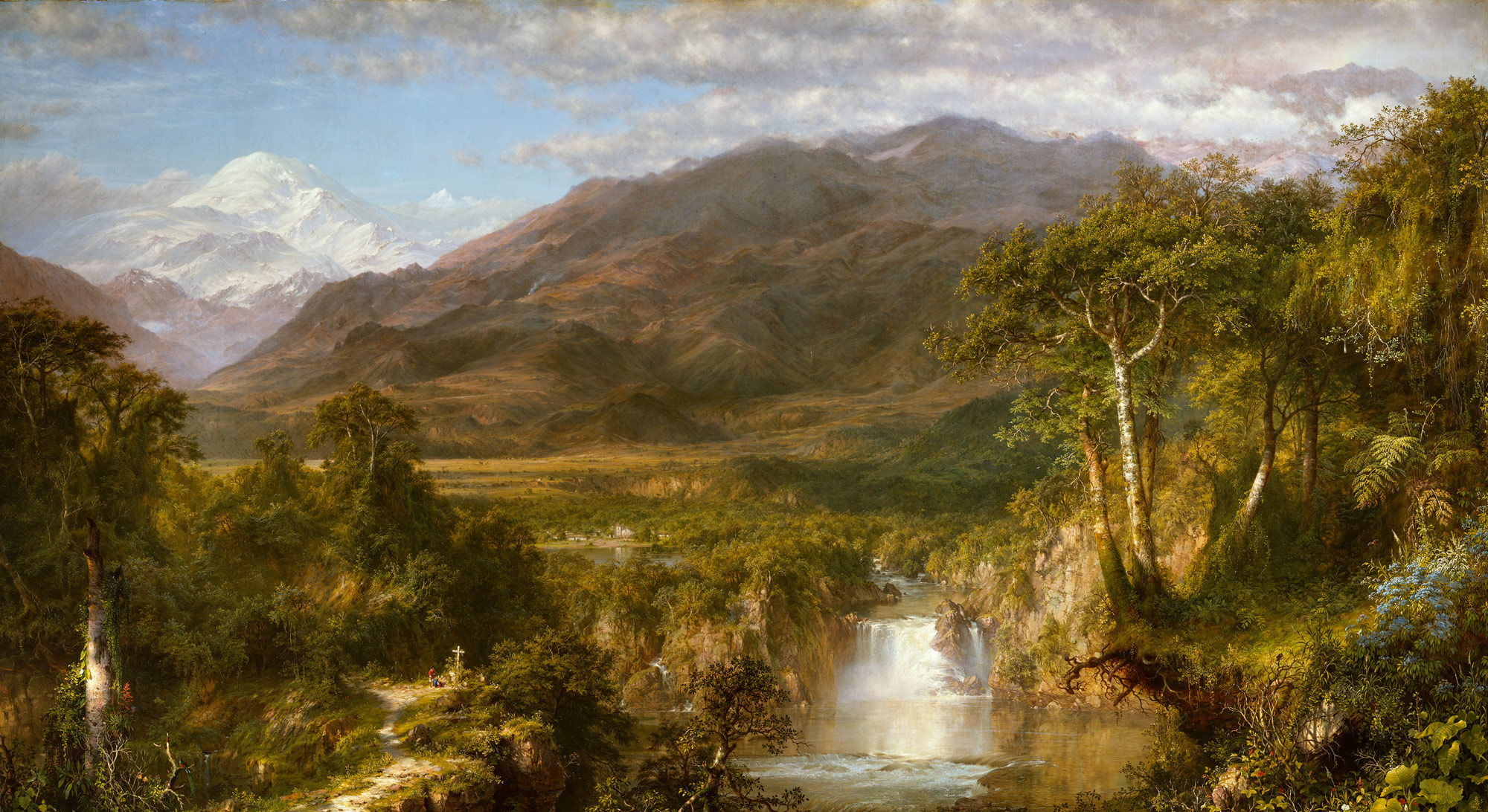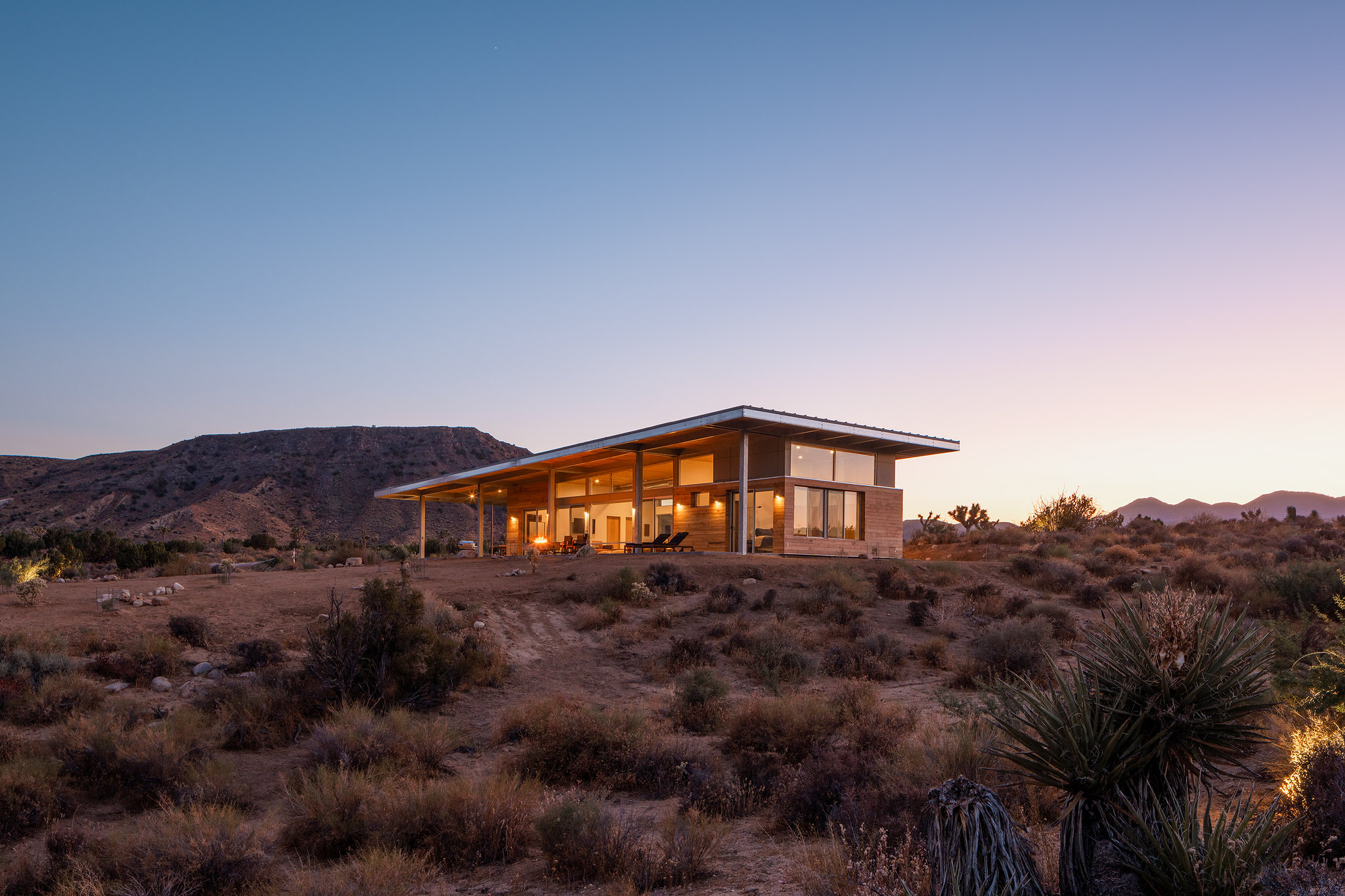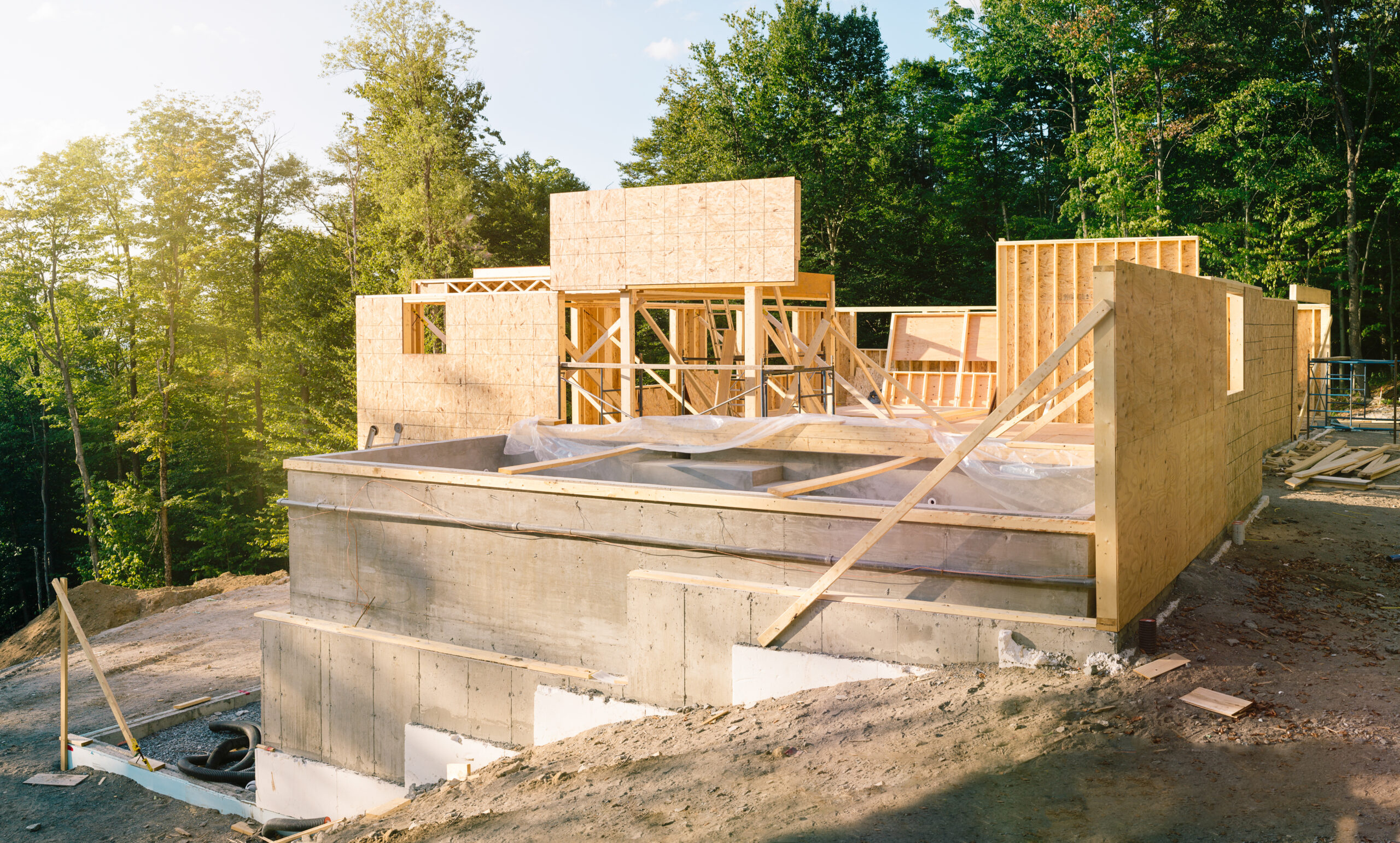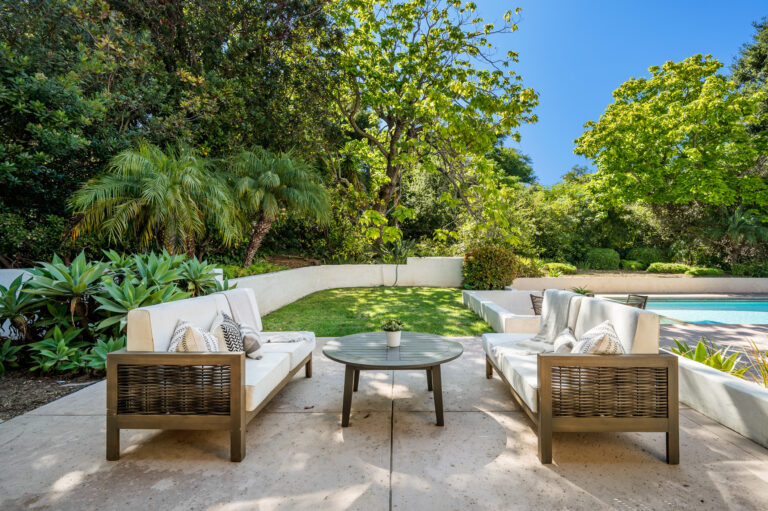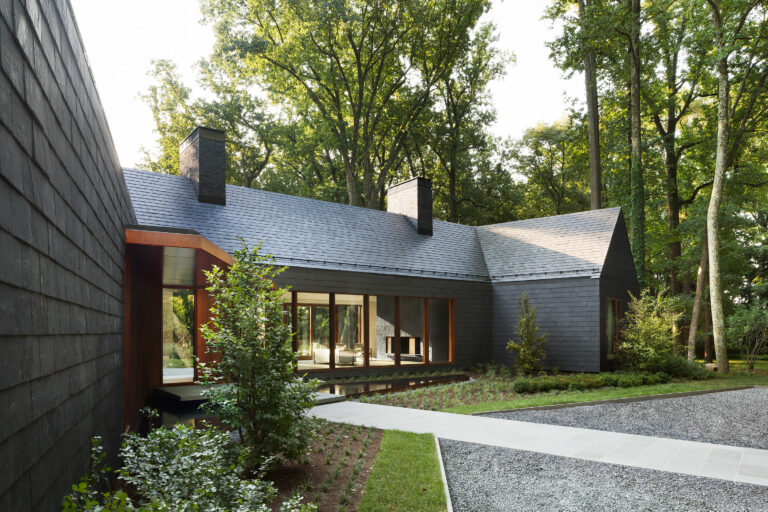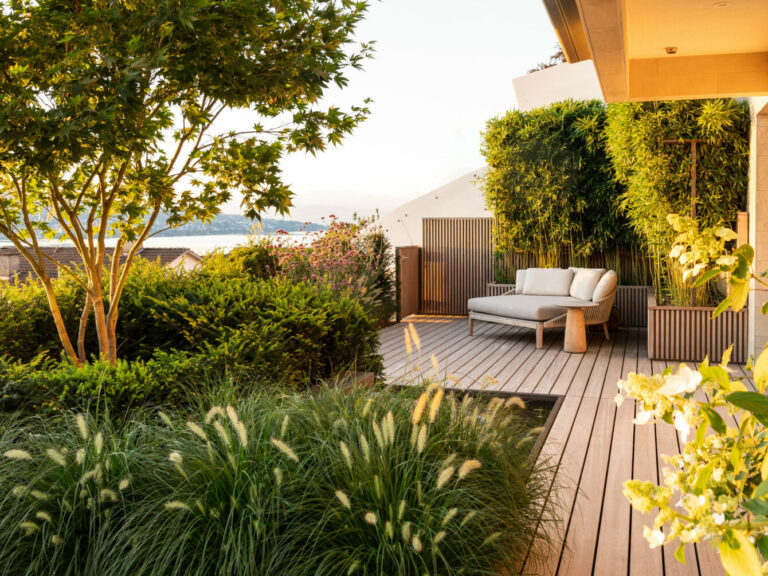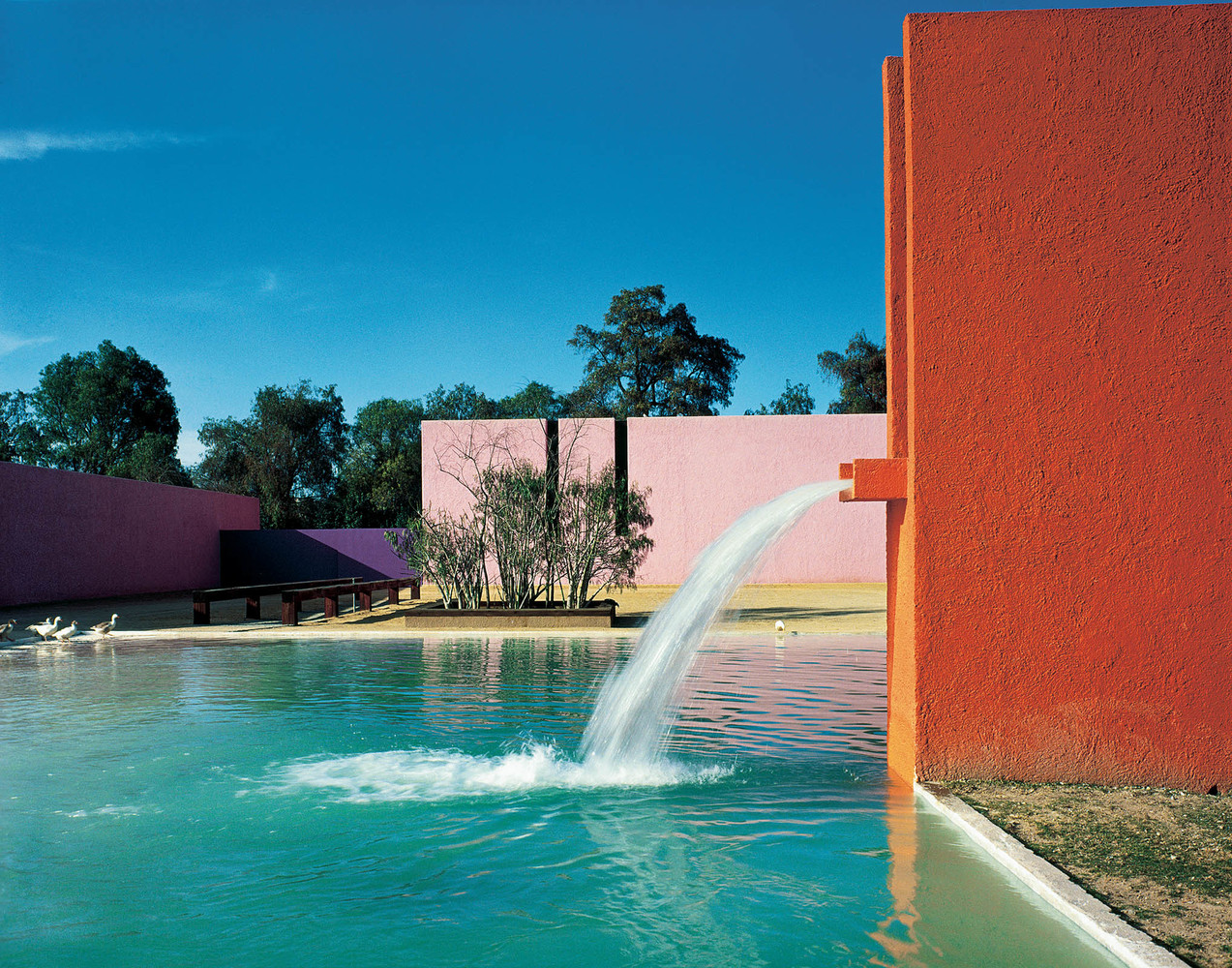
Designing a water feature within the landscape requires a great amount of detail. From choosing a location to creating construction documents, water features are a great way to add value and interest to a landscape.
While there are many different types of water features, from simple fountains to more complex ponds, streams or water basins – no matter what type of water feature you choose, there are several key architectural elements that you should consider.
Continue reading below to learn the key principles to designing a unique and beautiful water feature.
Scale and Proportion
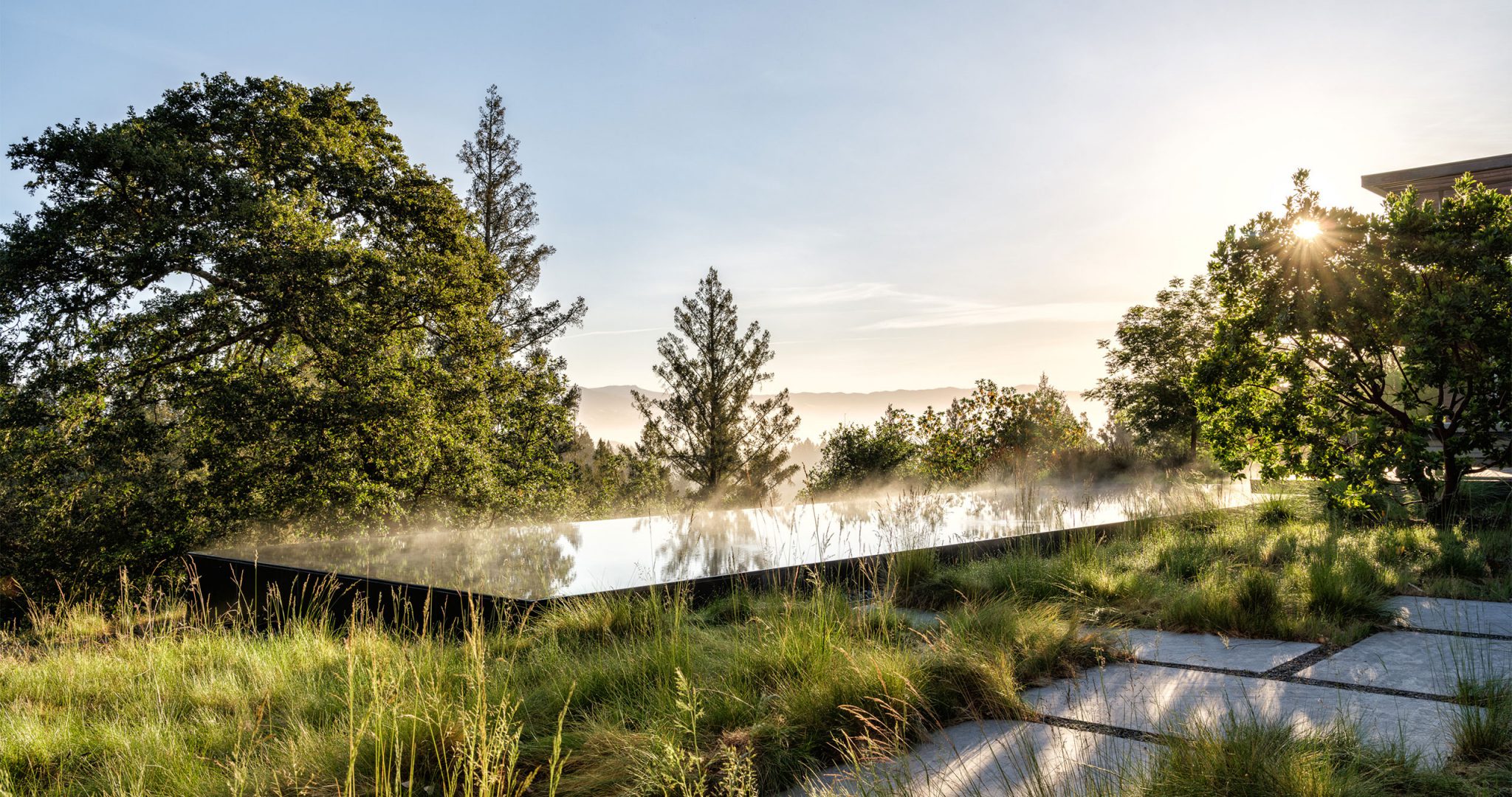
When designing a water feature, it’s important to take into account the scale and proportion of the existing space. The water feature should be in proportion to the rest of the elements in the landscape design. For the perfect balance, individual components should have proportional sizes to their surroundings.
Proper scale and proportion can make or break your water feature. They will either add to the overall composition or detract from its aesthetics. For best results, scale and proportion are essential for creating a harmonious garden. A large fountain may become a distraction in a small yard, while a tiny boulder may be unnoticeable against a large lawn.
Balance and Symmetry
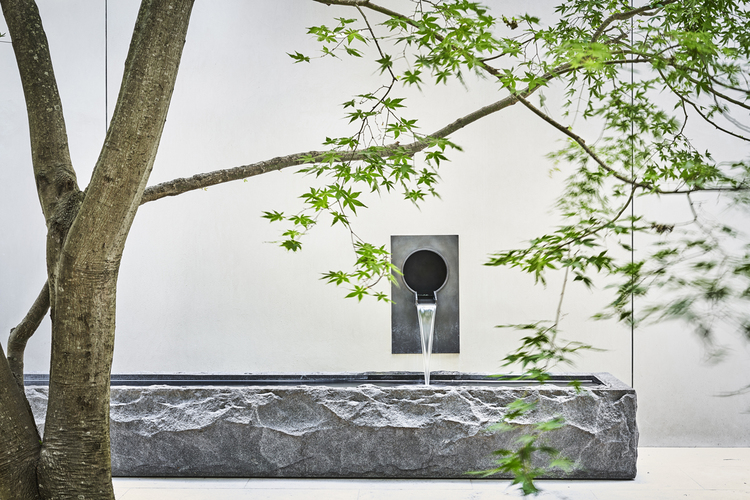
Another important element to consider is balance and symmetry. If you want to create a water feature that looks harmonious, you must consider the weight of the elements in your landscape.
This is particularly important if you are including a fountain in your design. Fountains are often symmetrical in nature, so it’s important to place them in an area of the landscape that is also symmetrical. This will help create a sense of balance in your overall design.
There are two main types of balance: symmetrical and asymmetrical. In formal landscapes, symmetrical balance is preferred. It uses geometric patterns to create a symmetrical appearance. This type of balance can look stiff. On the other hand, asymmetrical balance is more flexible and allows different elements or objects to be arranged in a different pattern.
Functionality and Sound
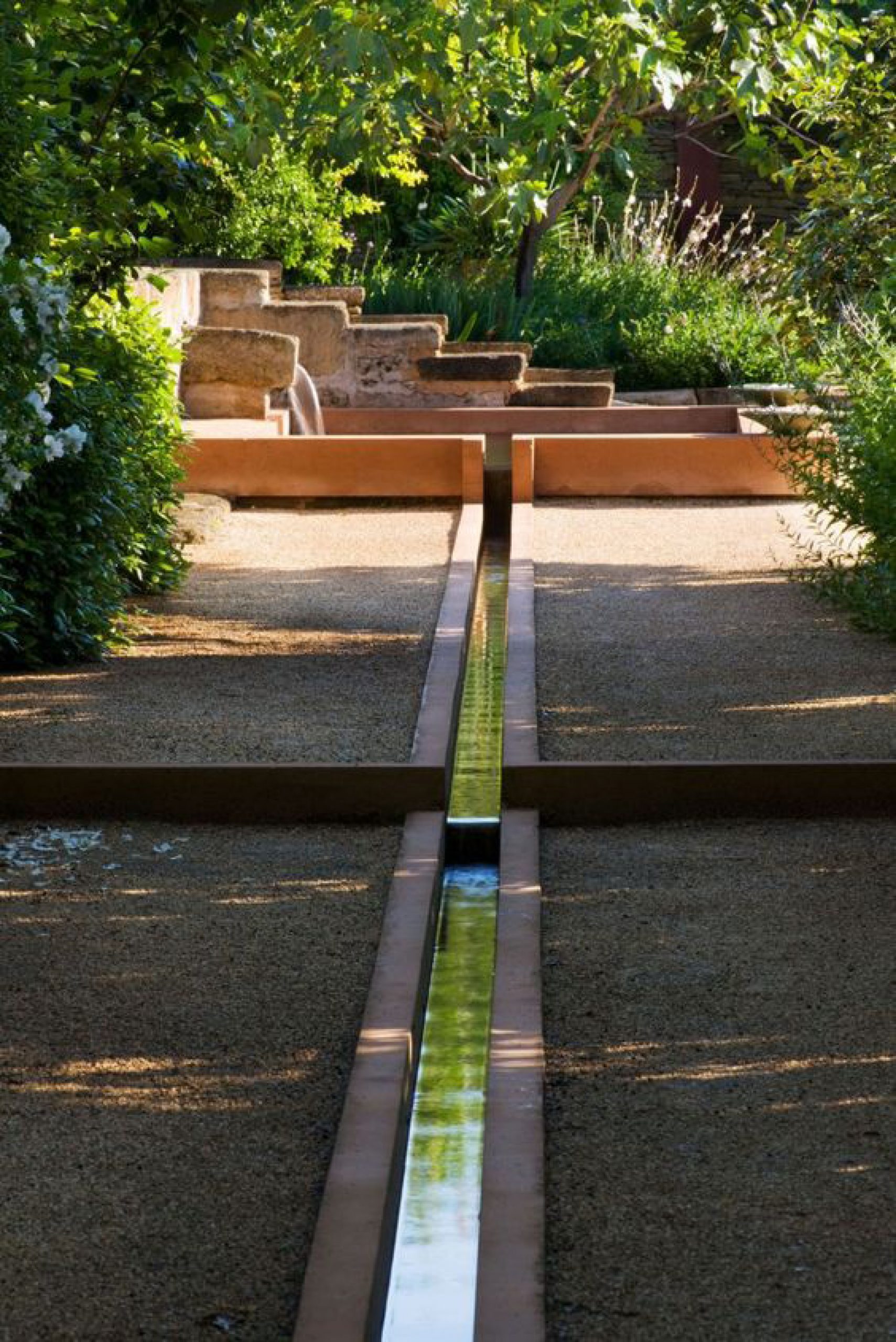
Water features are a great way to add a soothing element to the landscape while blocking noise, attracting wildlife and creating a meditative atmosphere. These features should meet the needs of the site and be environmentally friendly, as well as being beautiful and aesthetically pleasing to help reduce stress and promote tranquility.
Naturally, water features attract guests and creates an area for gathering. The design and function of water features requires a high level of detail. When choosing a location for your water feature, consider the height of the water feature so trip hazards are not created while making sure it is accessible and easy to maintain.
Color and Textures
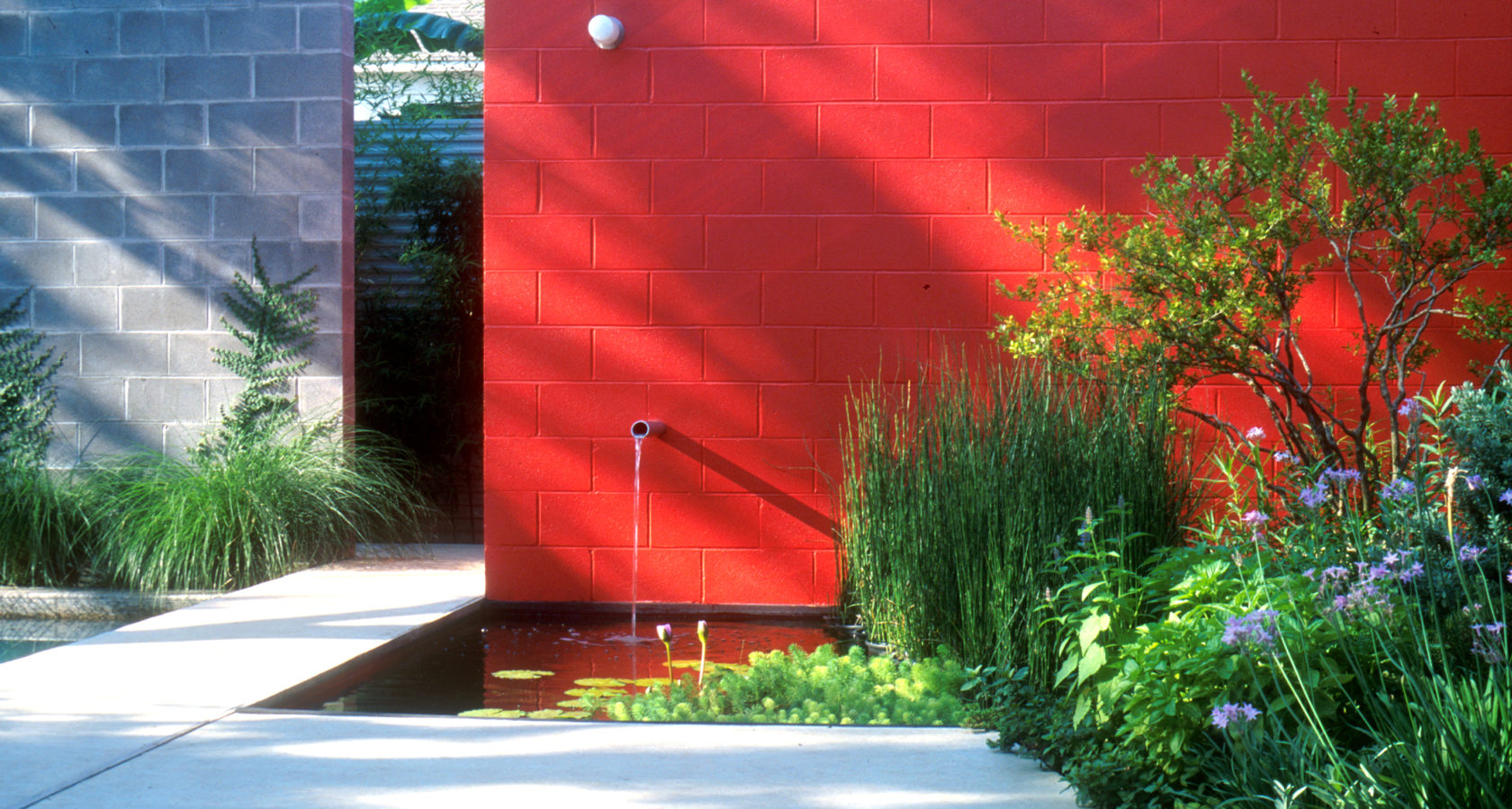
When incorporating different colors and textures, the water feature must complement or contrast a space. Combining the water feature with plants can add layers to help add interest to your water feature design.
From small fountains to large ponds, water features can be simple or intricate. Each one has different maintenance needs and will add a distinct character to your landscape.
When using different materials, be sure to understand the attributes and how different materials like stone, tile, concrete or repurposed material can affect sound and water runoff.
Circulation and Shape
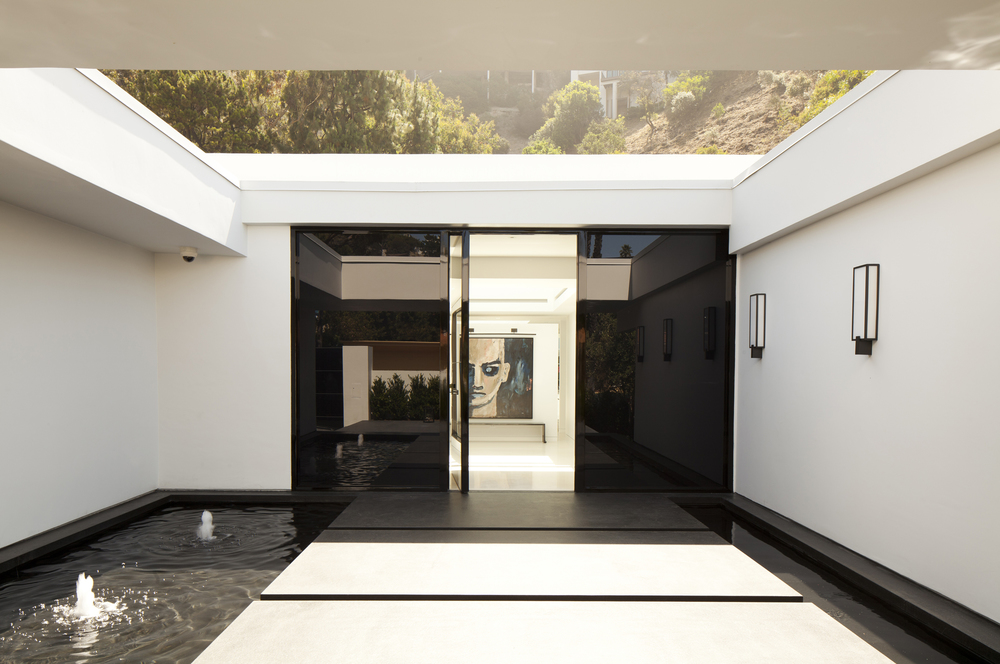
Circulation in the landscape is key to making a space comfortable. Deliberately placing objects or shapes within a space can help guide how people move and feel within a space. The design of circulation can make a building more functional or efficient.
The first consideration when designing a water feature is its location. It should be visible from both inside and outside the house. You may also want to consider including seating near the water feature to enhance its aesthetic value.
